A New Era for Flex Offices: Behind Industrious’ On-The-Go Workspaces
The next wave of flex work blends offices, travel and lifestyle into one seamless experience, according to President Anna Squires Levine.

For today’s employees, flexibility is a default expectation, as the lines between their home, office and workspaces continue to blur. For employers, this new reality isn’t just about space efficiency, but also about unlocking productivity by giving teams the autonomy to choose where they work best.
Industrious has picked up on this trend and has started tailoring its remote workspaces to cater to those who want to work even while travelling or commuting. In partnership with Brightline, the company launched on-the-go workspaces in train stations earlier this year. “All these moves reflect a broader shift in how people think about work,” said Industrious President Anna Squires Levine. “It’s more than just a location. It’s also a service that supports the way we live.”
This move comes after a couple other unique partnerships aimed at responding to market needs and meeting employees where they want to work. Last year, Industrious and Delta Airlines launched Delta Business Traveler, a flexible office program that allows enrolled travelers exclusive passes to Industrious’ global network of more than 250 workplaces. In 2023, IKEA and Ingka Centres, a subsidiary of IKEA’s property division Ingka Group, joined forces with Industrious to introduce Hej!Workshop, a 46,470-square-foot coworking location on the third floor of IKEA’s 250,000-square-foot Market Street store in San Francisco, which serves as both a coworking space and a furniture showroom.
How exactly does Industrious’ latest on-the-go workspace offering work? Squires Levine shares all the details in this interview.
READ ALSO: Tech, Brokers & Scalability: The Future of Coworking
How would you describe the current market dynamics in the coworking/flex office space? What has changed since we last spoke with an Industrious executive in 2023?
Squires Levine: Since you last spoke with Jamie Hodari, we can confidently say the demand for flex office space has reached new highs. I think the biggest shift has been the realization that long-term remote work, alone at home, isn’t sustainable for most people. Whether you see your team daily or gather a few times a year, people need spaces where they can connect, feel a sense of belonging and do great work together.
We’ve also grown quite a lot since 2023 and we went through a major milestone just at the beginning of 2025: our $800 million acquisition by CBRE, the world’s largest commercial real estate services firm. Through them, we’re scaling our approach to workplace experience in entirely new ways. We’ve expanded into new cities, with international openings in Berlin, Amsterdam and Sydney, while continuing to grow our network across the U.S.
Speaking of new workplace experiences, what inspired you to partner with Brightline for opening on-the-go workspaces? Why was such a move needed in the market?
Squires Levine: As we expand, we’re always looking for unique opportunities to enhance the work-travel experience. We’ve seen more folks blend business and leisure travel and need high-quality spaces to work as the lines blur, and we wanted to meet them where they’re at.
We have an entire network that is located up and down Southeast Florida, and we noticed our members and our team frequently riding the Brightline between them. Partnering with Brightline allowed us to connect Florida’s major hubs and better integrate our network, offering convenient, state-of-the-art services that benefit commuters, business travelers and leisure passengers alike.
This collaboration is about more than convenience. It’s about reimagining what hybrid work looks like when it’s fully integrated into how people live and travel. By combining seamless transit with on-the-go productivity, we’re enabling people to move through their day with greater ease, flexibility and comfort.
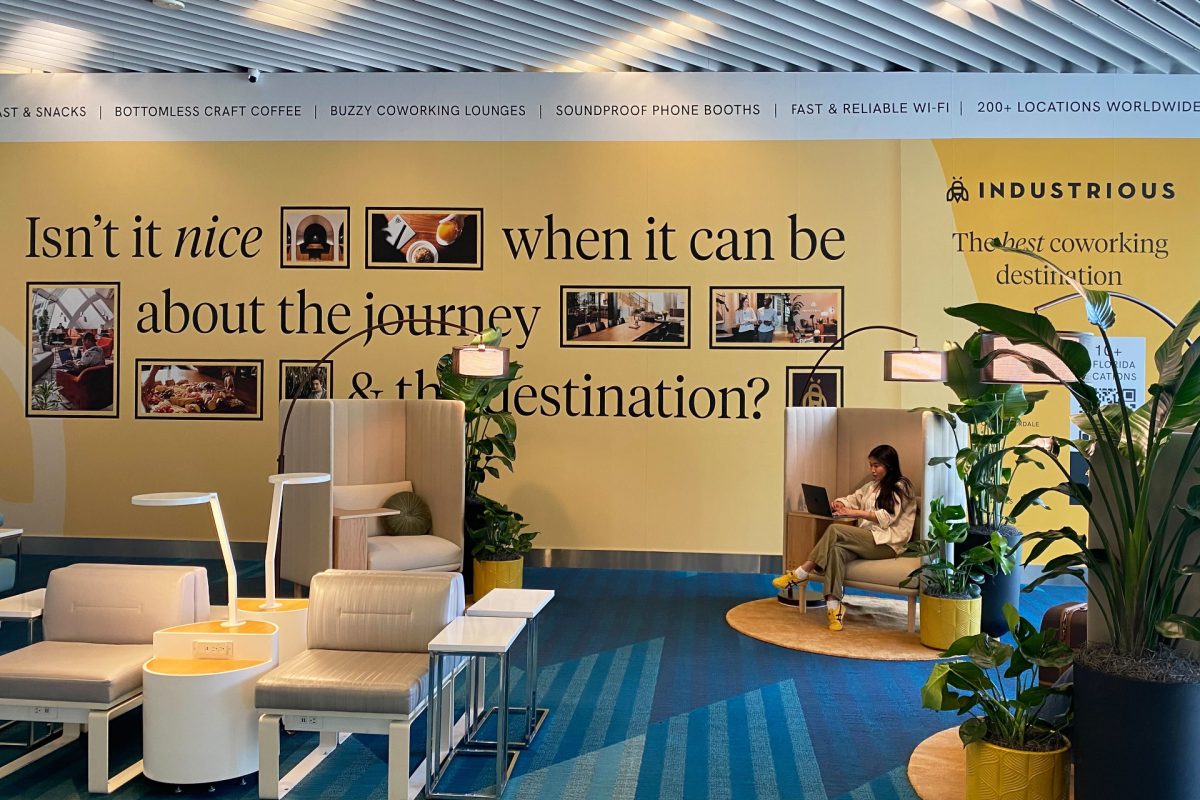
How did you decide which stations to activate first and what can you tell us about interest in such spaces so far?
Squires Levine: We focused on high-traffic stations that serve as key hubs for commuters and business travelers. That includes Miami Central, as well as stations in Fort Lauderdale, West Palm Beach and Orlando. Miami received a larger activation since it’s Brightline’s flagship station, a major connection point in our network, and the heart of South Florida’s business corridor.
The most common use cases we’re seeing include groups booking private meeting rooms in central locations like Miami and West Palm Beach—it’s just easy and efficient to take advantage of the convenience. Others are using day passes at nearby Industrious locations when they need a full workday setup. We’re also seeing individuals use private phone booths and quiet work nooks to jump on a quick call, catch up on emails or stay focused between meetings. It’s been a great option for people who want to stay productive during the natural breaks in their travel day.
READ ALSO: Coworking’s the New Satellite Office
Could you expand on some of the space offerings available with this new initiative, as well as the bookable private train?
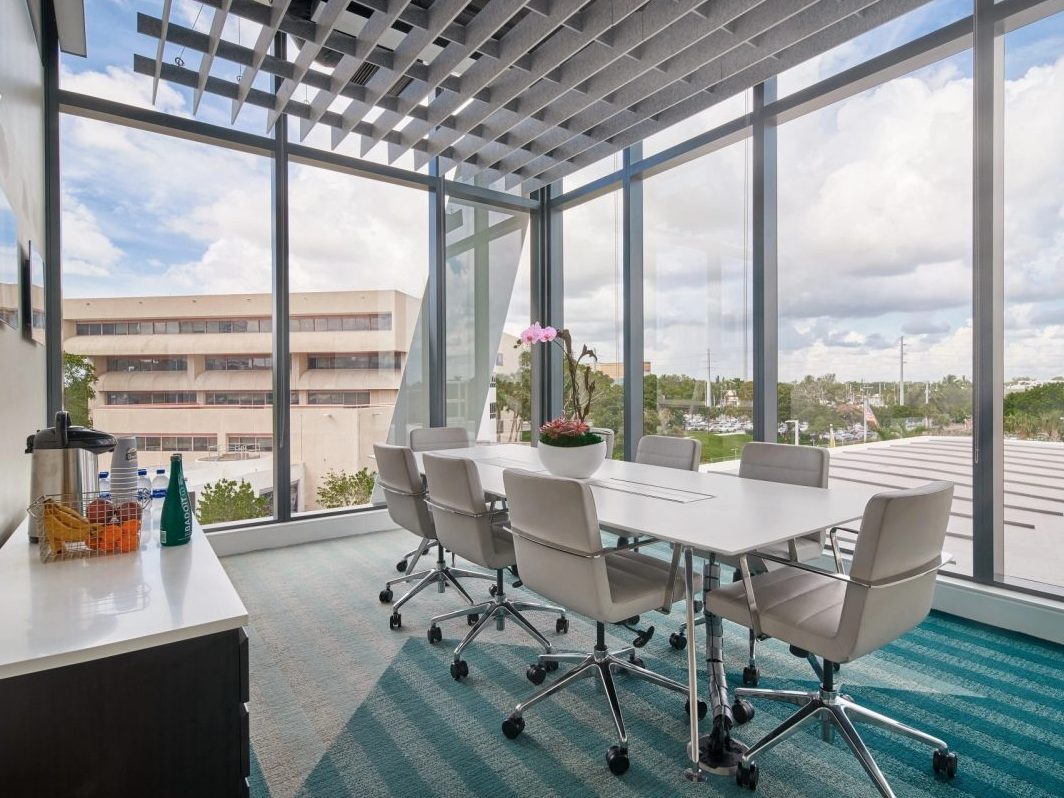
Squires Levine: We offer private meeting rooms ranging from 210 to 652 square feet. These are perfect for team sessions, client meetings or solo work between trains. These are also available to anyone, not just Industrious members, and can be booked directly through our site, making the experience as seamless as possible for any traveler. We also introduced many of our standard coworking features within the Miami station itself, like private phone booths and quiet areas for focused work.
One of the most exciting elements of this collaboration is the ability to book an entire private train car, which can accommodate up to 66 people. I like to think of it as moving offsite. It’s ideal for teams looking to host a team-building session or meeting while traveling between cities like Miami and Orlando.
Overall, we’ve seen strong early interest across use cases: groups booking meeting space at central hubs like Miami and West Palm Beach, individuals reserving day passes to nearby Industrious locations and travelers taking advantage of the in-station work nooks for shorter bursts of productivity. It all points to the same trend—we’re moving toward a world where people expect to be able to work from anywhere.
Tell us more about the tech infrastructure behind these spaces.
Squires Levine: These meeting spaces previously existed but were underleveraged in Brightline stations. We were able to transform these spaces so that they feel inviting, are easy to book right on the Industrious website, and make sure the setup is conducive to productivity, which has ultimately created an environment where guests can expect private, quiet, amenity-focused meeting rooms with comfortable furniture.
READ ALSO: Elevating the Coworking Experience
This doesn’t seem like a one-time innovation. Will it serve as a model for more non-traditional expansions, not just in transit, but in other underutilized or high-traffic spaces as well?
Squires Levine: As work becomes more fluid, so will our partnerships—whether that’s in more transit hubs, or a retail center, or another high-traffic space. We absolutely see the Brightline partnership as a model for future expansion that fits the rhythm of how people live and move today. And if you’re reading this and have an idea for where Industrious should go next, reach out—we’d love to hear from you.
Coworking has traditionally been centered around static hubs, but do you think this initiative will trigger even more mobile models?
Squires Levine: Being productive on the go is a trend that’s here to stay, and we expect it’ll expand through all forms of transportation. Commutes are often optional, and when people do choose to spend time away from their homes, families or communities, they want that time to feel worthwhile. Whether it’s on a train, in an airport lounge, or somewhere entirely unexpected, people are looking for ways to get meaningful work done in the in-between moments.
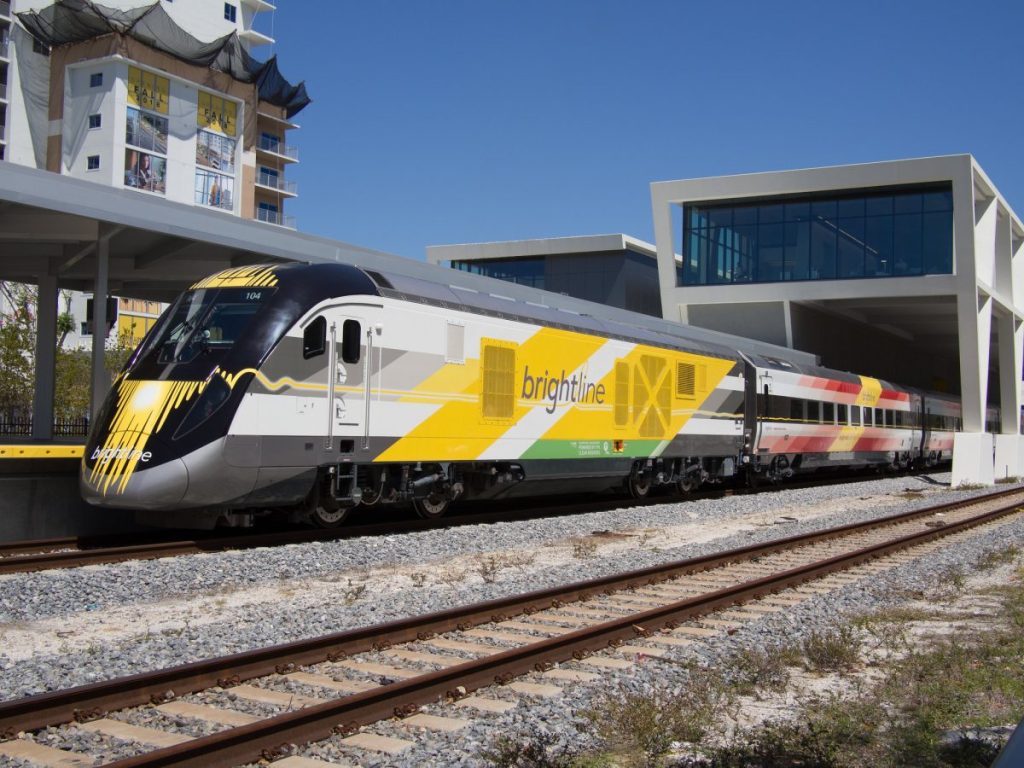
You’ve already opened many coworking locations in unconventional spaces, collaborating with all sorts of brands across other sectors. Do you think this work-on-the-go trend will catch on?
Squires Levine: We’re always exploring partnerships with other travel and hospitality brands, with current relationships with Delta Business Traveler, offering coworking space access for only $99 per month for cardholders, and Hertz, offering complimentary Five Star Status. This is only the beginning of what the future of work-on-the-go could look like.
Looking ahead, how do you expect these spaces to evolve? Also, where do you see the next wave of demand for flex space coming from?
Squires Levine: Over time, we expect these types of spaces to become more integrated into people’s daily lives. That might include collaborations with travel brands, but also partnerships in categories like retail, wellness and fitness, or consumer products. The more foot traffic a location has, the more incentive there is to innovate.
More broadly, we’re seeing three main areas of demand. First, large enterprises are turning to flex to manage their hybrid workforces, especially as teams grow, gather and disperse across different markets. Second, there’s a rising demand for neighborhood locations. These are offices within walking or biking distance from members’ homes. Lastly, companies are shifting away from leasing a single office and instead investing in access to a network of spaces. When you can give your team flexibility across more than 250 locations, it opens a completely new way of thinking about the workplace.

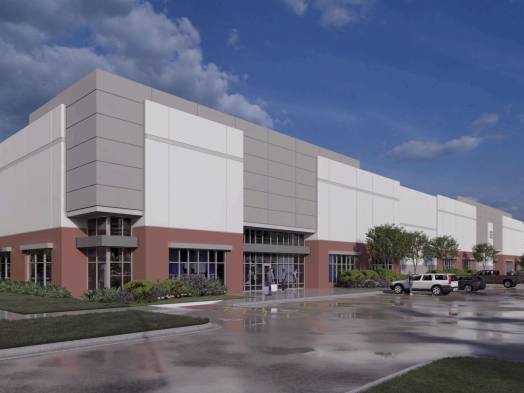
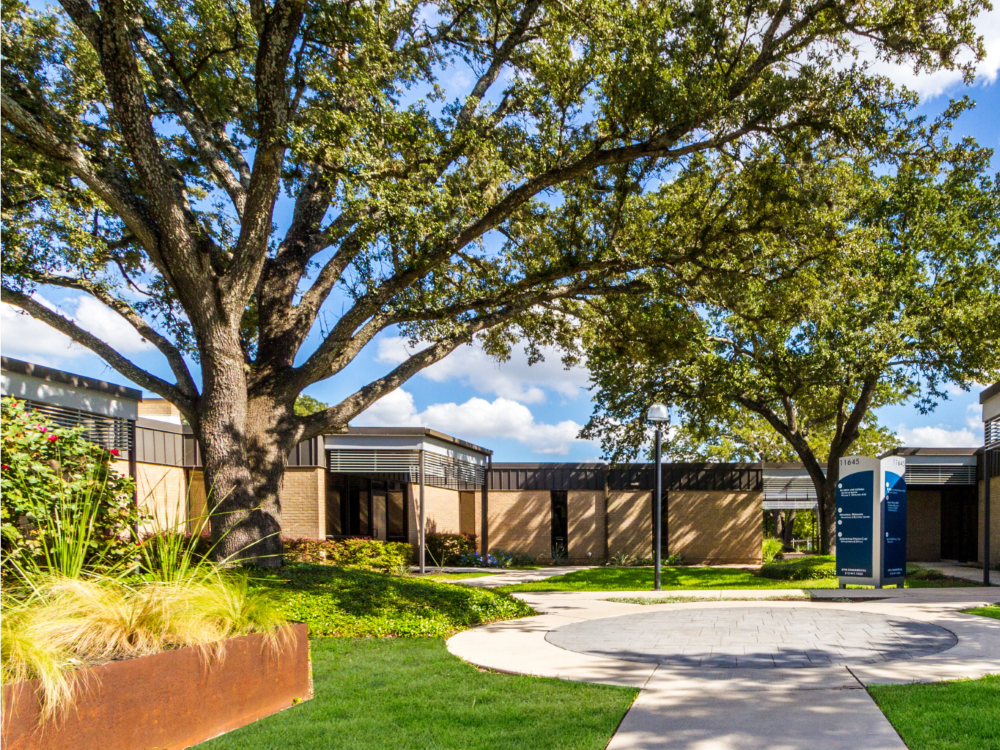
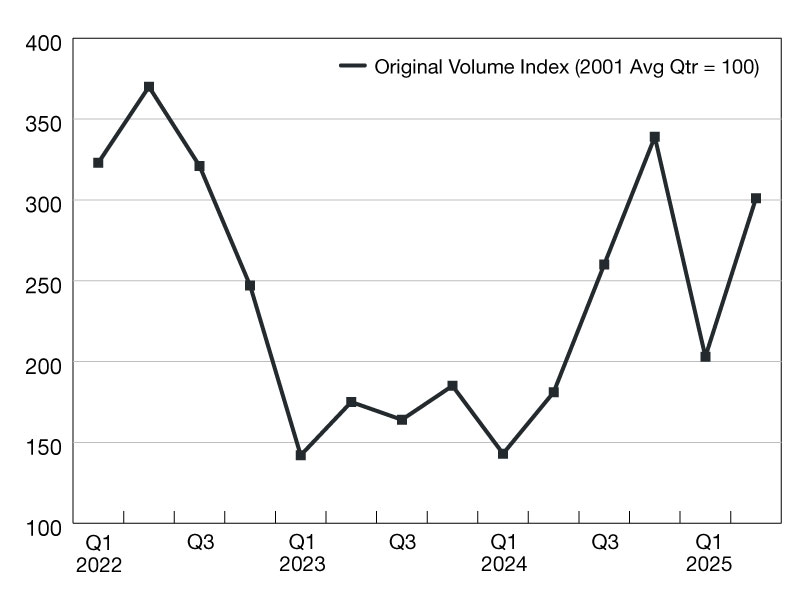
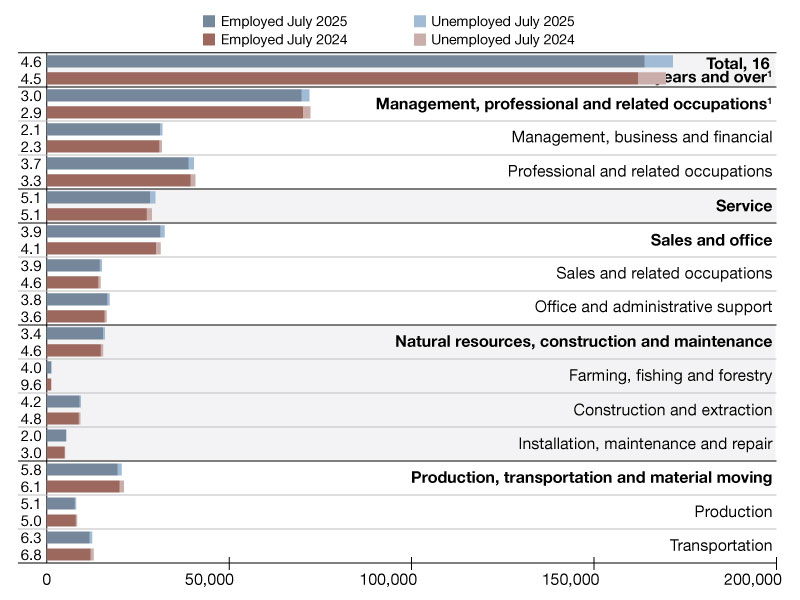
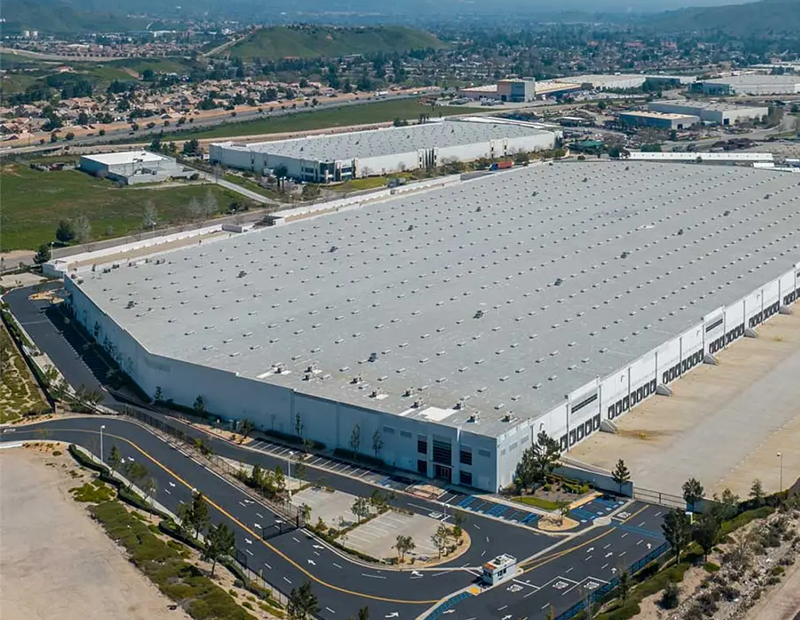

You must be logged in to post a comment.